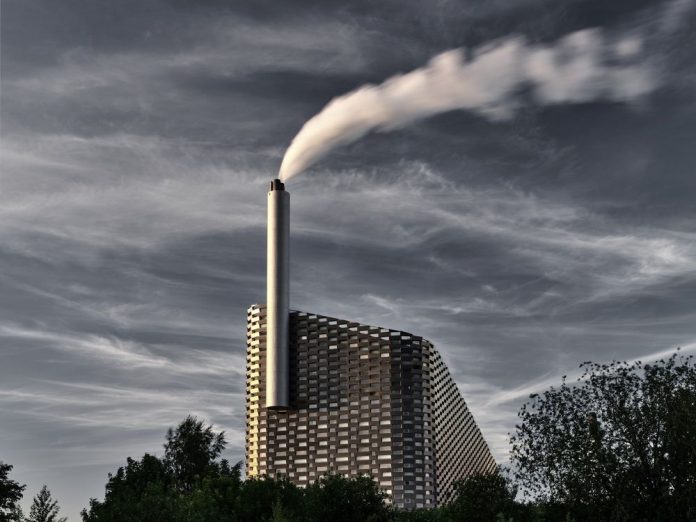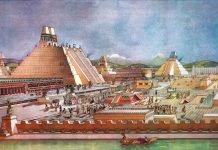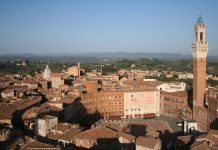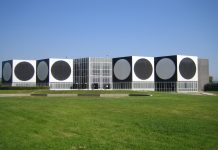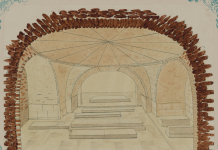The feudal-serf system of Russia hindered the progress of industrial production. But, despite this, in the period under review, an industrial revolution began, which meant a transition to capitalist methods of exploitation, to the replacement of serf labor by free-lance, to accelerated rates of development of production techniques, to a wider introduction of scientific achievements.
A new stage in the development of industrial architecture is also beginning — extensive reconstruction of old and large construction of new enterprises, factories and factories, port and transport facilities in the industrial centers of Russia, and primarily in the Urals, Siberia, Tula and St. Petersburg. Architectural management of industrial construction affected the strengthening of the regular beginning in the planning of factory complexes, determined the expediency of their technological and constructive solutions and concern for aesthetic quality and stylistic unity in the spirit of the principles of classicism architecture.
A new layout of factory complexes, new production types of buildings that meet the new technology are being developed, exemplary projects of workshops, warehouses, office and administrative buildings are being implemented. Major changes are taking place in the technology of industrial construction. If wood was widely used in the construction of industrial buildings until almost the end of the XVIII century, then since the beginning of the XIX century, and especially after the war, brick is mainly used in the construction of industrial enterprises and factory complexes in combination with metal structures of floors. Standardization of structural elements, typification of blocks and entire buildings is planned.
The progressive development of the industrial architecture of Russia of this period is most clearly traced in the mining complexes of the Urals, where more than half of all enterprises of the metallurgical industry were concentrated. In the first third of the XIX century, over 30 architects worked here, building and reconstructing factories and mountain towns. The most prominent architects were pupils of the St. Petersburg Academy of Arts I. I. Sviyazev, A. 3. Komarov, A. P. Chebotarev, etc. Together with technologists, mechanics and hydraulic engineers, they have created a number of factory complexes made at a high technical level.


